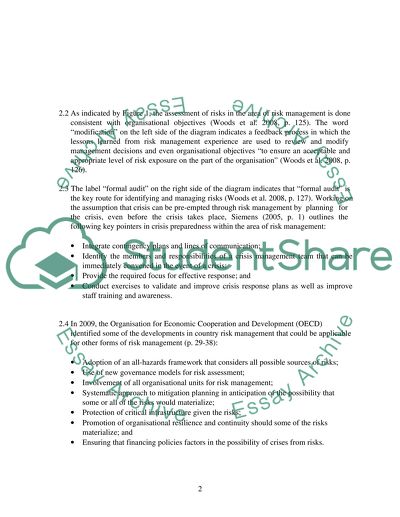Cite this document
(“How does the practice of crisis management differ from that of Risk Essay”, n.d.)
Retrieved from https://studentshare.org/environmental-studies/1409574-how-does-the-practice-of-crisis-management-differ
Retrieved from https://studentshare.org/environmental-studies/1409574-how-does-the-practice-of-crisis-management-differ
(How Does the Practice of Crisis Management Differ from That of Risk Essay)
https://studentshare.org/environmental-studies/1409574-how-does-the-practice-of-crisis-management-differ.
https://studentshare.org/environmental-studies/1409574-how-does-the-practice-of-crisis-management-differ.
“How Does the Practice of Crisis Management Differ from That of Risk Essay”, n.d. https://studentshare.org/environmental-studies/1409574-how-does-the-practice-of-crisis-management-differ.


